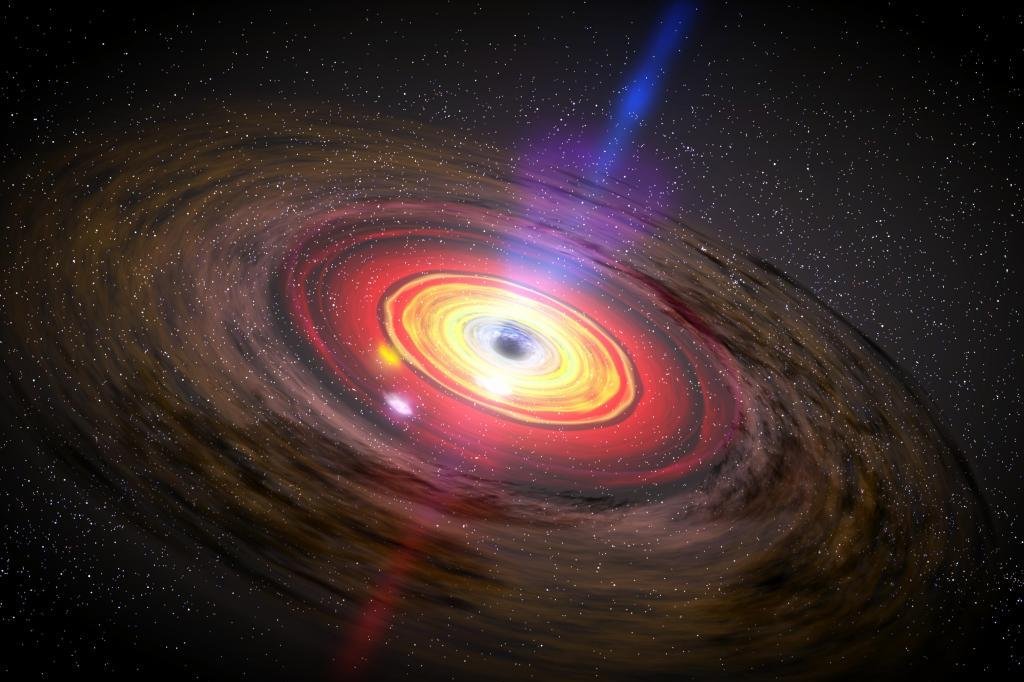Astronomers contend that they might have found the second largest black hole in the Milky Way, which is said to have a mass nearly 100,000 times that of the sun. The invisible black hole was unearthed by the Nobeyama 45-m Radio Telescope located in Japan and was detected at the center of our Milky Way Galaxy.
Tomoharu Oka, a professor at Keio University in Japan and his team of astronomers, found a mysterious gas cloud, called CO-0.40-0.22, about 200 light years from the center of the Milky Way. What made this cloud of gas strange was its astonishingly wide velocity dispersion.
The cloud contains gas with a wide range of speed. This mysterious feature was unearthed by two radio telescopes, one the Nobeyama 45-m Telescope in Japan and the other, ASTE Telescope in Chile both of which were operated by National Astronomical Observatory of Japan.
The team observed the CO-0.40-0.22 closely with the Nobeyama 45-m Telescope and found that it gave 21 emission lines from 18 molecules. The cloud had an elliptical shape and were composed of two components – a compact, low-density component with a wide velocity range of 100km/s and a dense component, which was ten light years long and had a narrow velocity dispersion.
To test the cause of the dispersion in velocity caused by the black hole, astronomers constructed a computer simulation of the gas cloud with a gravity strength equivalent to 100,000 times that of the sun. The simulation matched the observed data of gas cloud. Since there is no solid objects are seen in the X-ray or the infrared observation, the best guess is that it is a black hole.
The research team hopes to study this black hole with intermediate mass to better understand the birth of supermassive black holes in the centers of the galaxy.








